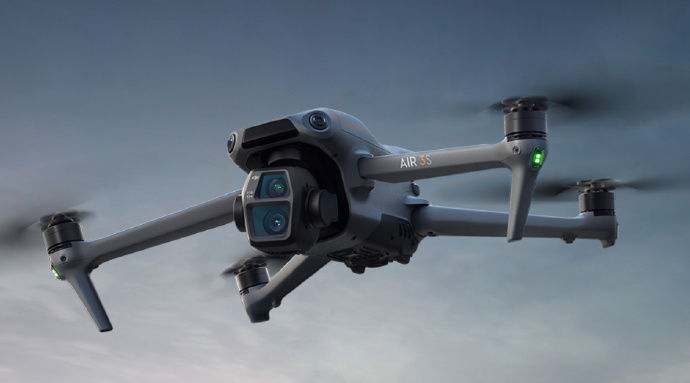Drone technology has rapidly evolved over recent years, offering users an unparalleled experience with immersive flights powered by virtual reality (VR) cameras. These drones allow enthusiasts, hobbyists, and professionals alike to explore the skies like never before. Imagine flying through breathtaking landscapes, capturing stunning aerial views, and experiencing it all as if you were riding inside the drone itself. With the introduction of drones equipped with VR cameras, this imaginative journey is now a reality.
Exploring Aerial Photography with VR Drones
Aerial photography has been revolutionized by the advent of drones, giving photographers a unique vantage point. However, the inclusion of virtual reality technology takes this experience to a new level. VR drones allow users to fly in a first-person perspective, offering an immersive view that traditional drone cameras cannot. When you pilot a drone with a virtual reality camera, you are not just capturing images; you are becoming part of the scene. This revolutionary way of engaging with your environment brings unparalleled opportunities for creativity.
The Impact of VR Technology on Drone Experiences
The potential of VR-enhanced drones extends beyond creative photography. Such technology impacts industries including real estate, construction, and agriculture. Real estate agents can provide clients with virtual tours of properties from above, showcasing expansive views and landscape features. Similarly, construction professionals can oversee site progress through VR-enabled drones, eliminating the need for frequent physical supervision. In agriculture, drones with VR cameras facilitate crop monitoring, allowing farmers to review plant health and field conditions without leaving their homes. The immersion provided by VR combines practicality and innovation, making operations more efficient and effective.
Advantages of Virtual Reality Drones
- Enhanced User Experience: VR technology provides a first-person view, making drone operation intuitive and engaging.
- Expanded Creative Possibilities: Capture and imagine unique footage from angles that were previously inaccessible.
- Improved Data Collection: More accurate and detailed information collection for surveillance and planning.

While VR drones promise substantial advantages, it is essential to consider the learning curve involved. Operating a drone with a virtual reality camera requires practice to master the controls and maximize the technology’s benefits.
Key Considerations When Choosing a VR Drone
When selecting a drone with VR capabilities, it is crucial to assess certain features:
Camera Quality: The resolution and clarity of the camera affect the VR experience. High-definition cameras ensure sharp and vivid imagery.
Battery Life: Extended flight time is crucial for capturing lengthy videos or managing large properties.
Ease of Use: User-friendly interfaces and controls minimize the learning curve and enhance enjoyment.
Durability: Robust drones withstand tough conditions and longer usage periods, offering better value over time.
FAQs

How do drones with VR cameras work?
These drones use VR technology to transmit real-time video to VR headsets. This creates an immersive experience, placing you inside the drone’s perspective.
Can VR drones be used outdoors?
Absolutely! Most VR drones are designed for outdoor use, providing panoramic views of landscapes, regardless of weather conditions. However, always check the specific model’s design limitations before flying.
Is it difficult to operate a VR drone?
While there’s a learning curve, many VR drones offer intuitive controls. It’s recommended to start with basic maneuvers before advancing to more complex flights.
Whether you’re looking to capture stunning aerial shots or explore innovative applications, drones equipped with VR cameras offer an unparalleled experience that blends technology with creativity.